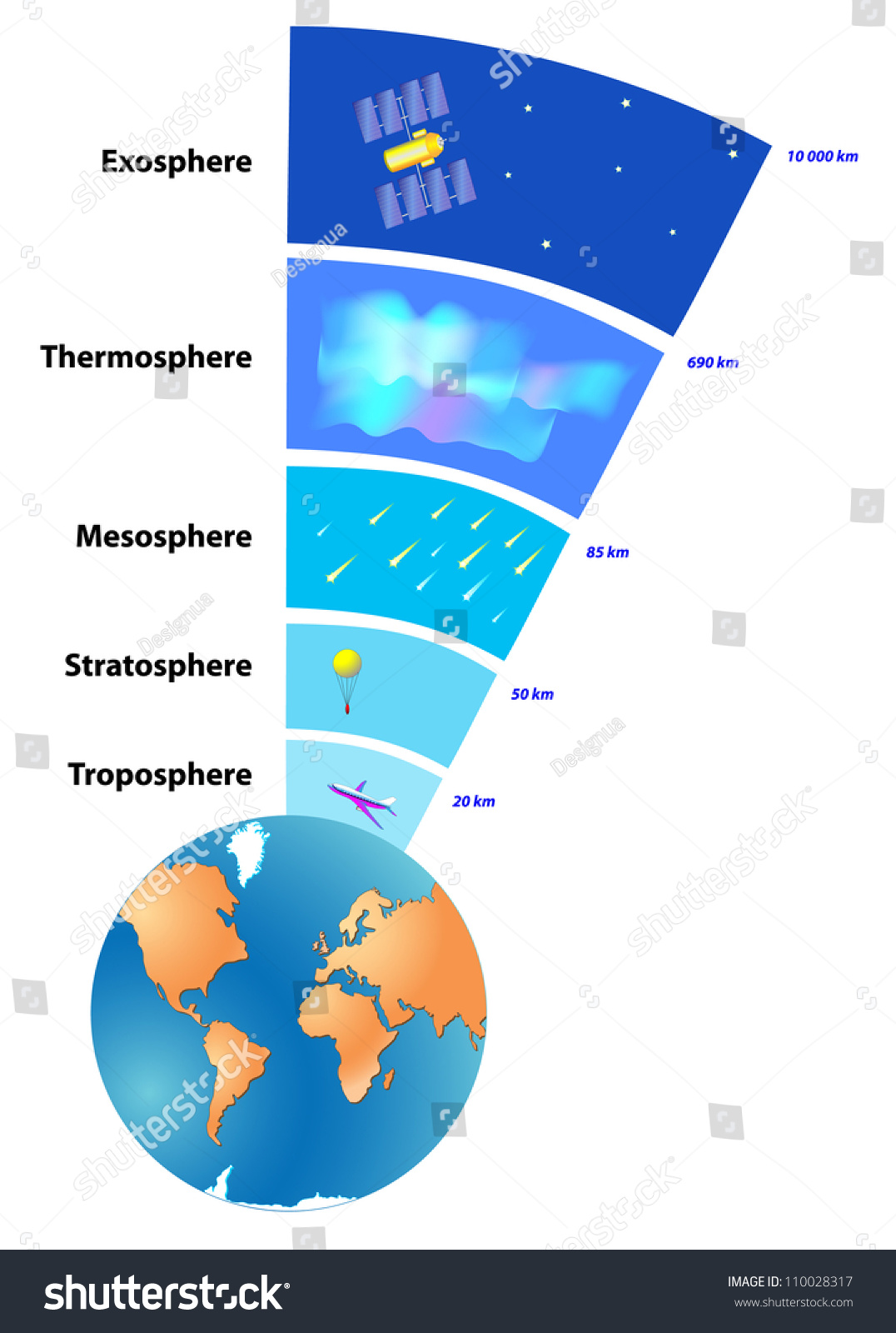I just cleared the most difficult unit to date. The cells unit contained a vast amount of vocabulary and a vast amount of topics. It covered cell theory, the parts of a cell, cell division, and even cellular respiration and photosynthesis.
We learned about cell theory which tells us that all living things are made of one or more cells the cell is the basic unit of structure, physiology, and organization in living things It states that the cell is the basic unit of structure, physiology, and organization in living things.It also states that all cells are organized into tissue which is organized into organs, which is organized into systems, which are all part of the body. It also states that every cell arises from a pre-existing cell.
We also learned about the two types of cells. They are Prokaryiotic and Eukaryotic cells. Prokaryotes include single celled organisms such as Bacteria and Archaea. Eukaryotic cells are primarily multi cellular organisms. They divide through mitosis and have an area of membrane bound DNA called a nucleus. Prokaryotes divide through binary fission.
We also talked about reproduction.We learned about the phases of mitosis and the process of binary fission. We also talked about the pros and cons of assexual and and sexual reproduction.
The unit was finished up by the studying of cellular respiration and the mitochondrion and the study of photosynthesis. There were many interesting steps for each process that we had the opportunity to learn about.
Not only did we learn about a ton of interesting material, we were also able to take part in a number of incredible labs. The first lab was to help learn how to use the microscope. The second was more in depth where we took a look at cells. We looked at animal and plant cells and drew them and their organelles. In another lab we simulated diffusion through membranes. We used dialysis tubing and put a starch solution on the inside and iodine on the outside in one beaker. In the other beaker we put glucose solution in one bag and normal water in the other. After we left them for a day, the Iodine seeped into the bag causing the starch solution to be purple. The sugar seeped out and the water on the outside tested positive. We talked about why this happens and how smaller molecules can go through membranes easier. It was all very interesting.
 |
| Plant cells and their chloroplasts |
 |
| Dialysis tubing in beakers |
Now we are getting into the real stuff of biology and it is way more fun than I would have expected one year ago. I am more motivated and interested in the new material, so much more that I studied quite a lot on my own time. I even created my own set of notes! I really look forward to the next unit about genetics and I hope it will be just as fun as the cells unit.
Until next time!











 A planetarium also came to our school
A planetarium also came to our school